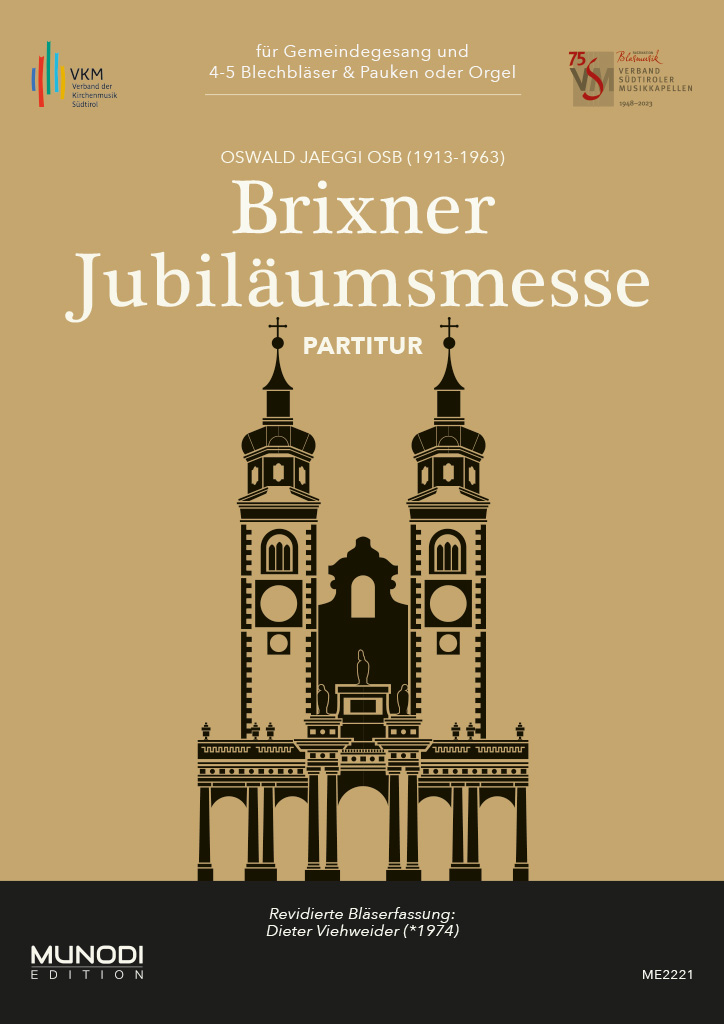Poco Allegretto
The Symphony No. 3 in F major, Opus 90, by Johannes Brahms (* 7 May 1833 in Hamburg, † 3 April 1897 in Vienna) can be seen as absolute music that has no programmatic message. The core idea of this work can be reduced to a small motif of three notes, whereby the composer’s genius is once again revealed in the sophisticated combination, reinterpretation and variation.
The third movement of the symphony has become particularly famous. Normally, this is laid out as a scherzo in a Romantic symphony. However, Brahms broke with the usual tradition of his era and stylised a simple folk song-like melody into a “valse triste” with harmonic effects and a deeply Romantic orchestration. The character thus resembles that of a melancholy Slavic waltz and a relaxed serenity prevails, which is staged in a highly artistic manner.
All we know about the making of this symphony is that the 50-year-old Brahms completed it during his summer holidays in Wiesbaden in 1883 – and a little in love with a much younger woman.
It was premiered on 2 December 1883 with the Vienna Philharmonic Orchestra under Hans Richter in the Vienna Musikvereinssaal. The first edition was published in 1884 by the publisher N. Simrock, Berlin.
Interestingly, this third movement is one of those pieces of classical music that enjoys general popularity far beyond the circle of friends of the genre.
This is certainly the reason why musicians from the field of jazz and other musical styles like to take up the piece again and again in a wide variety of arrangements.
Dietmar Rainer has masterfully realised this transcription for wind orchestra as close to the original as possible.











